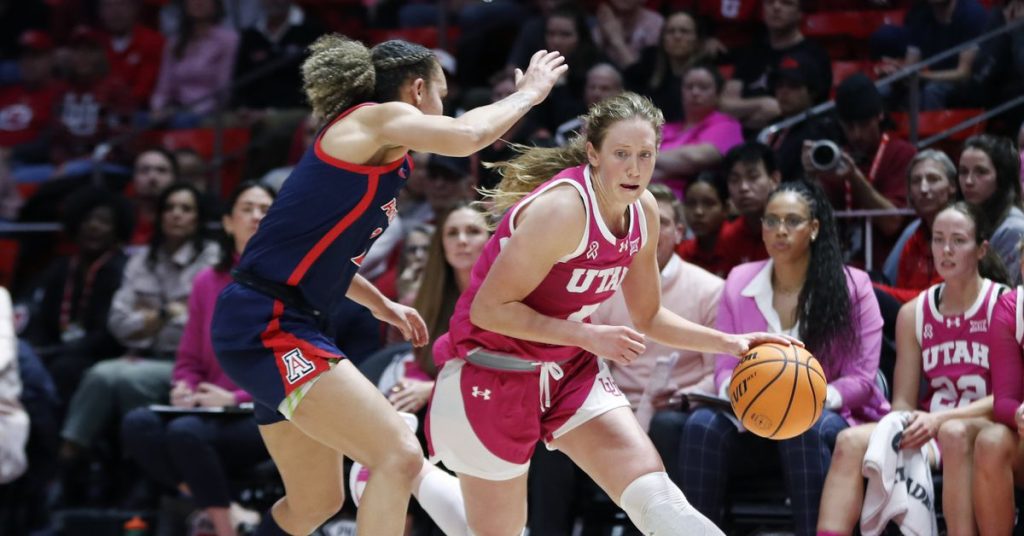The NCAA transfer portal continues to grow increasingly intense each year. On3’s Talia Goodman reports that nearly 30 percent of the 5,048 women’s basketball players in Division I registered for the portal before its deadline. While many have already secured their next commitments (which Swish Appeal provides coverage on), numerous others are leaving fans and coaches in suspense regarding their decisions.
For some players, where they choose to transfer is crucial for their futures as WNBA prospects. Although their individual talents are evident to observers, their roles may change significantly between teams and may be more or less apparent based on their new environments. Additionally, some institutions have strong records for preparing players for the WNBA, meaning that a player’s choice could influence their chances of getting drafted. A few notable players from the 2026 WNBA Draft class whose decisions we’re closely monitoring are highlighted below.
Serah Williams
Williams exemplifies a high-performing player on a struggling team. During her three seasons at Wisconsin, the Badgers held a 39-54 record, overshadowing her impressive statistics. In her junior year, she averaged 19.2 points, 9.8 rebounds, and 2.3 steals per game, earning her second consecutive spot on the All-Big Ten First Team and recognition as the conference’s Defensive Player of the Year in 2024.
Despite her ability to keep Wisconsin somewhat competitive, Williams is now seeking to conclude her collegiate career with a stronger program. It’s uncertain what her next chapter will entail, but her stats may not reflect the same level if she joins a team with more established scorers. However, her rebounding skills will be a constant asset, and transitioning to a winning program could positively impact her WNBA evaluations.
Gianna Kneepkens

A closer look at Kneepkens’ performance reveals a standout shooter. This 6-foot-0 guard is among the top sharpshooters nationwide, hitting 44.8 percent of her 3-pointers in her redshirt junior season at Utah. However, her skill set extends beyond just shooting; she led Utah with 19.3 points per game and averaged three assists. Her contributions as a ball handler helped propel Utah’s offense, which ranked highly in effective field goal percentage and assisted shot rate.
Kneepkens’ next move will attract the attention of WNBA coaches. Players who can shoot, dribble, and pass effectively are in high demand, especially someone of her height. While her shooting skills will be advantageous at any school, the role she assumes after transferring could vary widely from her time at Utah, where her abilities were perfectly harnessed.
Laila Phelia

Phelia recently entered the transfer portal from Texas and will face the challenge of demonstrating her recovery from an injury. A detached retina sidelined her for most of the previous season. Although she played eight games, her performance was hindered. Following necessary surgery, she is set to use her medical redshirt to play her final season elsewhere.
The team that recruits Phelia will hope she regains the form that previously earned her All-Big Ten honors at Michigan. During her sophomore and junior years, she averaged over 16 points per game, transitioning from a defensive specialist to a versatile offensive player. Standing at 6-feet tall, Phelia not only excels defensively but also consistently contributes by getting to the free-throw line, where she boasts an 80 percent shot success rate.



